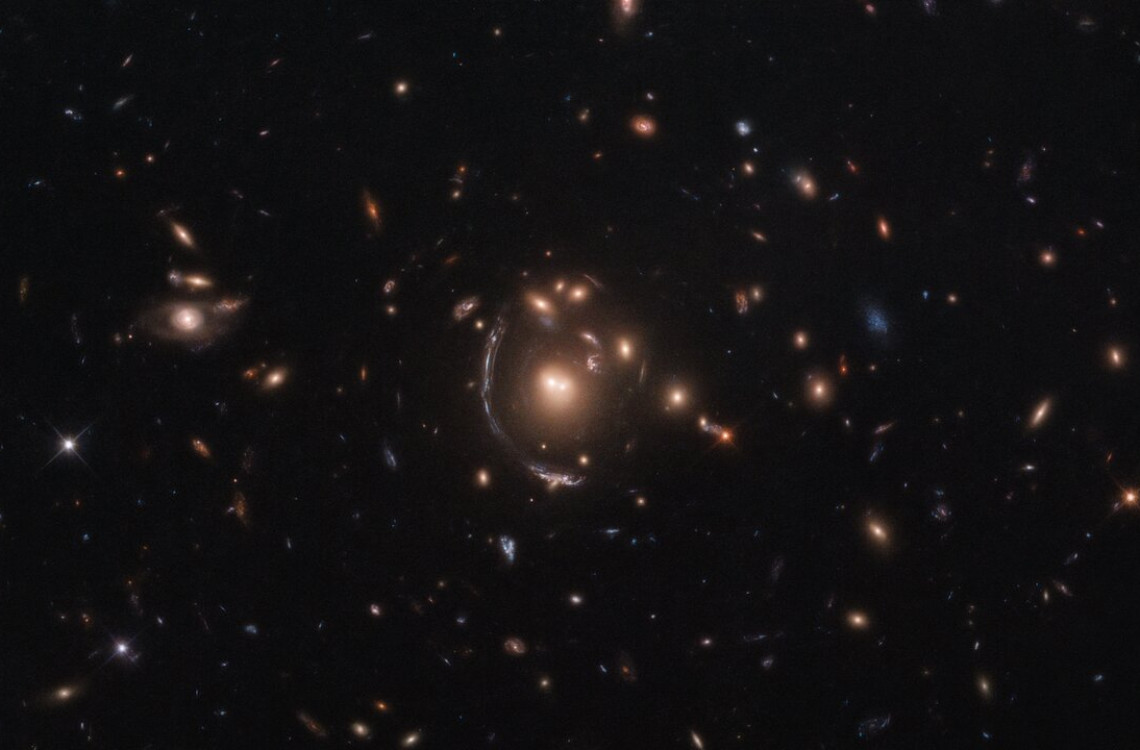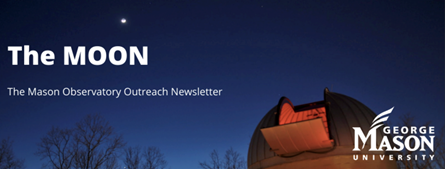How to Measure Velocities of Distant Galaxy Clusters, and Why
Arthur Kosowsky, Ph.D.
Sunday, April 12, 2022
7:30 PM to 9:00 PM EST
Online event
Monthly Meeting – Public Invited
Abstract:
Galaxy clusters are the most massive gravitationally bound objects in the universe. Their hot ionized gas scatters photons of the cosmic microwave background, creating a microwave spectrum distortion (called the Thermal Sunyaev-Zeldovich Effect) which recent experiments have used to identify thousands of clusters. Velocities of these clusters with respect to the cosmic rest frame can be probed using a related hot-gas scattering effect (the Kinematic Sunyaev-Zeldovich Effect) or a subtle gravitational lensing effect (the transverse lensing effect). I will describe these effects and their detection prospects in upcoming cosmic microwave background experiments. Velocities of galaxy clusters reflect the growth of structure in the universe, and so provide one route to probing whether the accelerating expansion of the universe is due to some mysterious dark energy or to a modification of general relativity on cosmological scales.
Bio:
Arthur Kosowsky is Professor and Chair of Physics and Astronomy at the University of Pittsburgh. He received his Ph.D. from the University of Chicago in 1994 and spent three years as a Junior Fellow at Harvard University before taking a faculty job at Rutgers University. He moved to Pittsburgh in 2005. Major research interests have included the cosmic microwave background radiation, properties of the universe, and gravitational waves. Kosowsky was a founding member of the Atacama Cosmology Telescope collaboration and the Simons Observatory collaboration.




